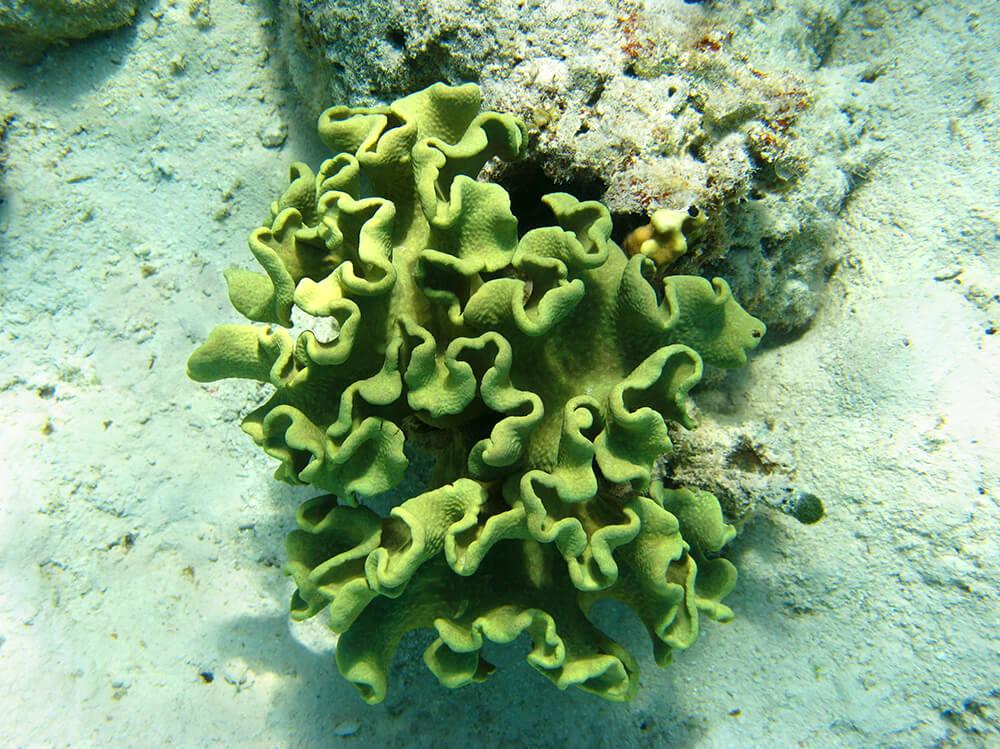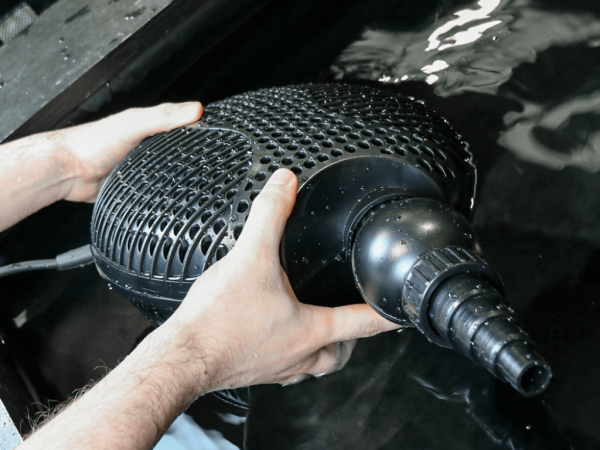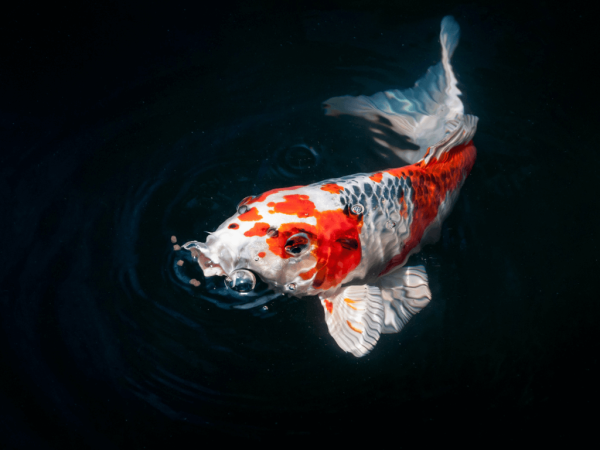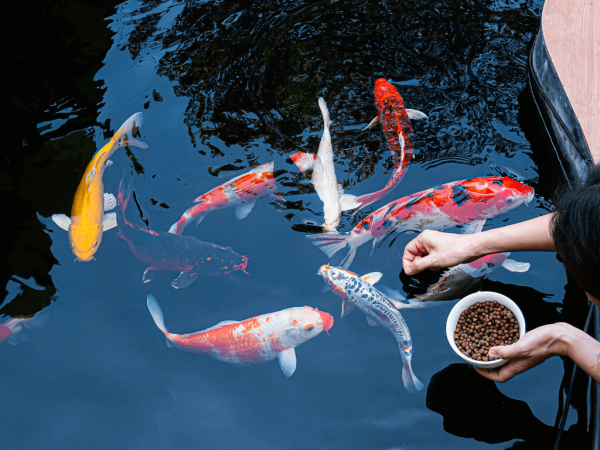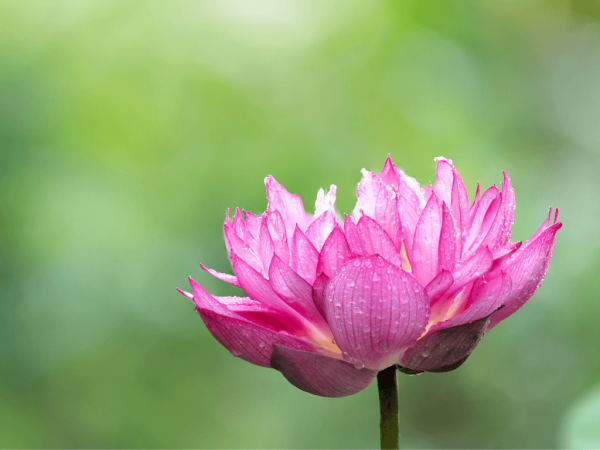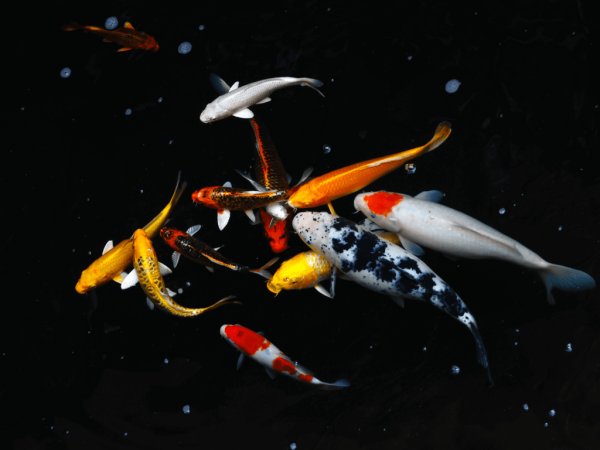Which corals are easy soft corals?
Set up a reef aquarium and your LFS will quickly steer you towards easy soft corals.
“Softies” are generally easier to keep than hard corals, less expensive and more tolerant of tanks where parameters aren’t buffered on a daily basis. They’re not always the most colourful coral species but they make up for it in the saltwater aquarium with growth and movement. They’re less likely to die too!
The soft corals we keep are photosynthetic species, meaning they contain symbiotic algae within their tissues which turn light into energy for the coral. So all soft coral species need reef-spec lighting, with large Sarcophyton species toadstool corals enjoying basking under large, powerful lights.
But the good news is that Zoanthids (Zoas,) and mushrooms (Discosoma, Rhodactis and Ricordea,) actually prefer dim lighting, so that makes them perfect for All-In-One tanks, nano reef tanks and freshwater/saltwater conversions where marine lighting is present, but not super bright. Zoas and mushroom corals aren't strictly soft coral but they are grouped together with them because of their hardiness and care.
How much water flow for soft corals
Soft coral don’t need masses of water flow either so top-spec wavemakers aren’t necessary, or if used, turn them down to 50% output. Aim for a total reef tank volume turnover of 10-20 times per hour. Flow can be unidirectional from a single pump, bidirectional from two pumps or set pumps to pulse mode for added sway.
Although hardy, all soft corals will fare best in water parameters like that of natural seawater, so that’s salinity 1.025, pH 8, KH 7-8, Calcium 420, and Magnesium 1300. Nitrate should be below 20ppm and phosphate below 1ppm. But if you don’t want to get into daily testing and daily dosing and you find chemistry a turn-off, just change the water. Medium light, medium flow and regular water changes are all soft corals need to thrive. Just offer occasional Iodine, Phytoplankton and amino acids for a treat.
12 Recommended soft corals for beginners
- Toadstool coral, Sarcophyton spp.
- Finger coral, Sinularia spp.
- Mushroom coral, Rhodactis, Discosoma spp.
- Zoa, Zoanthus spp.
- Kenya tree corals, Capnella spp.
- Pulsing Xenia, Xenia spp.
- Green star polyps, Pachyclavularia spp.
- Cabbage coral, Sinularia dura
- Clove polyp, Clavularia spp.
- Colt coral, Cladiella spp.
- Devil's hand leather corals, Lobophyton spp.
- Tree corals, Nepthea spp.




